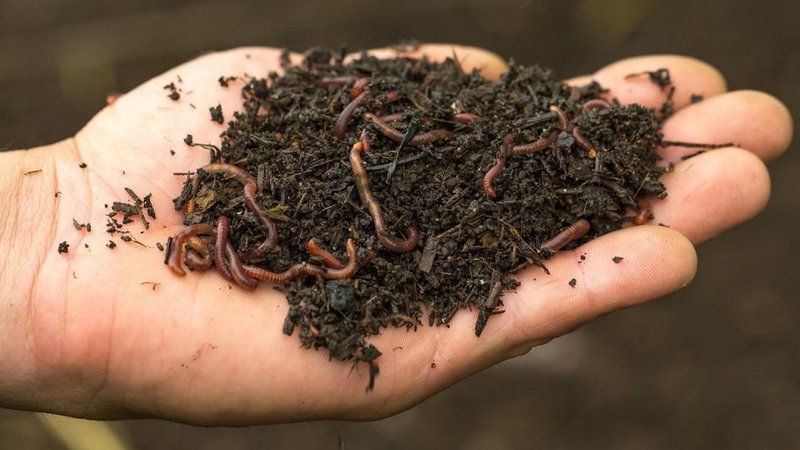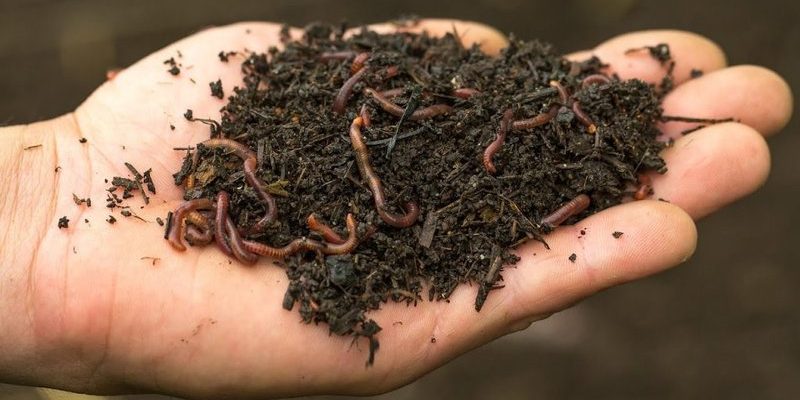
Think of your worm bin as a mini ecosystem. It’s filled with life and energy, but the temperature and moisture level changes determine how active your worms are. You’ll want to monitor these factors to ensure they’re always working hard to break down your kitchen scraps into nutrient-rich compost. By getting a handle on how worm activity varies with the seasons, you’ll be on your way to mastering an efficient, thriving worm bin.
We’re going to explore how different weather conditions affect worm behavior, what you can do to support them, and tips on keeping your bin in harmony throughout the year. So grab a cup of coffee, and let’s dig in!
Understanding Worm Life Cycles and Activity
Worms go through different life stages, each with its own set of behaviors. Young composting worms, known as hatchlings, are incredibly active as they munch their way through organic materials. As they grow, their energy levels might shift. In contrast, adult worms will tend to focus on reproduction, which means their feeding habits may change as well.
You might be wondering why this matters. Well, understanding the life cycle helps you appreciate how to support your worms, particularly when the weather fluctuates. For instance, during cooler months, your worms may slow down, which means they’re not eating or composting as quickly. Their metabolism decreases, and you might notice they’re not as active.
By observing and monitoring your worm bin, you can adapt your care routine. Make sure to adjust your feeding schedule and the type of materials you add based on their activity levels. It can help keep your composting process running smoothly.
The Impact of Temperature on Worm Activity
Temperature is one of the most significant factors affecting worm activity. Worms generally thrive in environments between 55°F to 77°F (13°C to 25°C). If the temperature dips below this range or gets too high, your worms will become sluggish.
During the hot summer months, you might notice your worm bin heating up. This can stress your worms, leading them to retreat deeper into the bedding or even stop eating altogether. If you find yourself sweating while working on your compost, imagine how your worms feel! One solution is to make sure the bin is well-aerated and shaded. You can even consider moving your bin indoors if the heat becomes unbearable.
On the flip side, in the cold winter months, worms become lethargic. You might find that they eat less and burrow deeper into the bedding to stay warm. To help them out, insulate the bin or place it in a warmer area, perhaps a garage or basement. Keeping an eye on the temperature helps ensure your worms remain fruitful throughout the colder months.
Moisture Levels and Their Role in Worm Health
Moisture is another crucial component in your worm bin. Worms breathe through their skin, which means they need a damp environment to thrive. Too much moisture can lead to anaerobic conditions, causing a stink and making it hard for worms to survive. On the other hand, dry conditions can dehydrate them, leading to a decline in their activity.
Throughout the seasons, moisture levels can change dramatically. During rainy months, your bin might become too soggy, leading to possible overwatering. Conversely, hot summer days can dry out the bedding quickly. Regularly checking the moisture level of your worm bin is essential. Ideally, it should feel like a wrung-out sponge—damp but not dripping wet.
When you notice that your bin needs a moisture boost, simply add some damp newspaper or cardboard to help balance it out. If it’s getting too moist, you can mix in some dry bedding materials like shredded leaves or dry straw to absorb excess water.
Observing Worm Behavior: Signs of a Healthy Bin
Keeping an eye on your worms’ behavior is one of the best ways to ensure they’re doing well. Healthy worms are usually active and wriggling. If you notice your worms are not moving much, it might be a sign that something’s off—whether it’s temperature, moisture, or even the type of food you’re providing.
You might find that during certain times of the year, your worms are simply more lively. For instance, in spring, their activity may ramp up significantly as temperatures rise, and they have access to fresher food. This is a great time to add kitchen scraps since they can convert them into compost more efficiently.
During those slower months, like late fall and winter, it’s normal for worms to slow down. Use this time to practice patience. Remember, nature has its rhythms, and so does your worm bin.
Seasonal Adjustments for Better Composting
Adjusting your worm care routine with the seasons can significantly enhance their activity and productivity. In the spring and summer, you can increase your feeding frequency and quantity. Make sure to provide a variety of foods—things like vegetable scraps, eggshells, and even coffee grounds can give them the nutrients they need to thrive.
As fall sets in, consider tapering off the feeding a bit. This is when the worms will start to slow down in response to cooler weather. You can incorporate more carbon-rich materials, like shredded leaves, which helps prepare the bin for winter.
In winter, focus on keeping the worms insulated and check the moisture levels. You might also want to slightly reduce feeding during extreme cold spells. This way, they won’t have to work as hard to process food when their activity level dips.
Tools and Techniques for Monitoring Worm Activity
To effectively monitor your worm bin, consider using simple tools. A thermometer can help track the temperature of the bin, ensuring it stays within that ideal range. You don’t need anything fancy—a basic kitchen thermometer will do!
For moisture levels, there are soil moisture meters available that can take the guesswork out of whether your bin is too wet or too dry. These are especially handy for beginners who might not be able to tell just by feeling the bedding.
You can also keep a log of your observations. Jot down notes about worm activity, feeding habits, and temperature changes. This will help you spot patterns and improve your approach as you learn what works best for your little composting friends.
Final Thoughts on Seasonal Worm Monitoring
By understanding how to monitor worm bin activity across the seasons, you’re not just improving your composting; you’re building a little ecosystem in your own home. Your worms are doing important work, transforming waste into rich compost that nourishes your garden.
Remember, worms are sensitive creatures that need proper care as the seasons change. It’s all about adapting to their needs by adjusting feeding, monitoring moisture levels, and keeping an eye on temperature. With some observation and care, you’ll have a thriving worm bin that can make your gardening adventures even more fruitful.
So, next time you’re tending to your worm bin, take a moment to appreciate the little creatures at work. They’re busy turning your scraps into something wonderful, all while you sip your coffee and smile. Happy composting!

